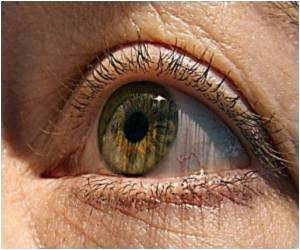In the Netherlands, physicians have turned to expertise from a planet-hunting telescope to steady their surgical microscope and save the people's eyesight that is threatened by blindness.

The answer came in the form of the revolutionary Hummingbird device. Originally designed for testing Darwin, a potential space observatory, it enabled engineers to stabilise the microscope and unlock its full potential for preventing sight loss.
A steady-handed surgeon needs a steady microscope.
In doing so, they created the first-ever active vibration damper to counter low-frequency vibrations in surgical microscopes - all thanks to the pioneering work of a team of engineers testing crucial elements of ESA's Darwin telescope.
Hummingbird senses the tiny vibrations and small actuators push the microscope in the opposite direction, effectively cancelling the vibration, just as if you were standing on a cliff with the wind pushing you one way and someone pushing you the other with the same force.
Countering vibrations is not new, but Hummingbird has a unique feature. The team invented and patented a 'horizontal coupling' mechanism, which keeps horizontal vibration sensors level at all times and therefore prevents errors that normally occur when horizontal vibrations are countered at ultra-low-frequencies of one cycle every two seconds. Active systems without this technology will typically only work at more than five cycles per second.
Advertisement









